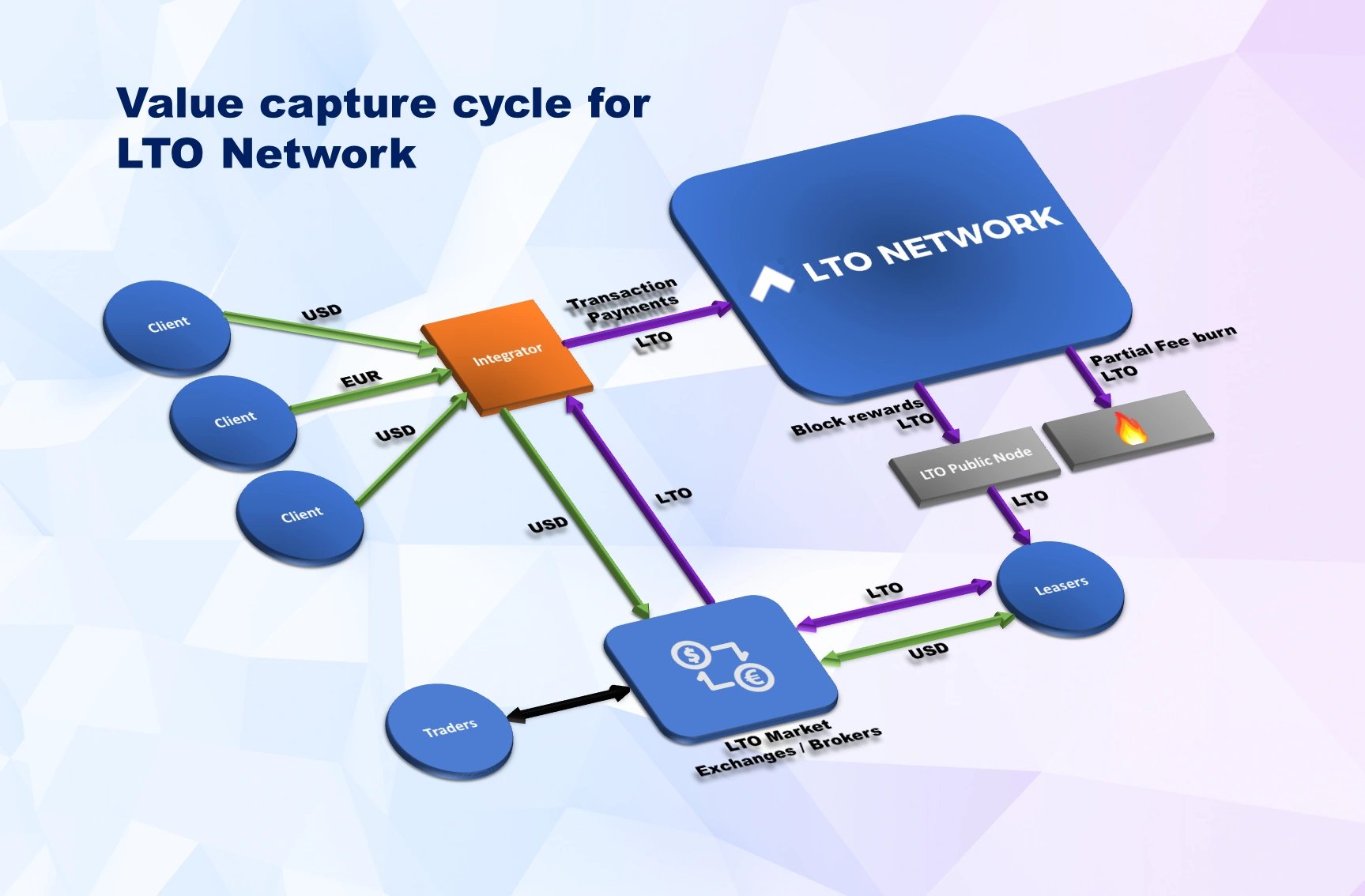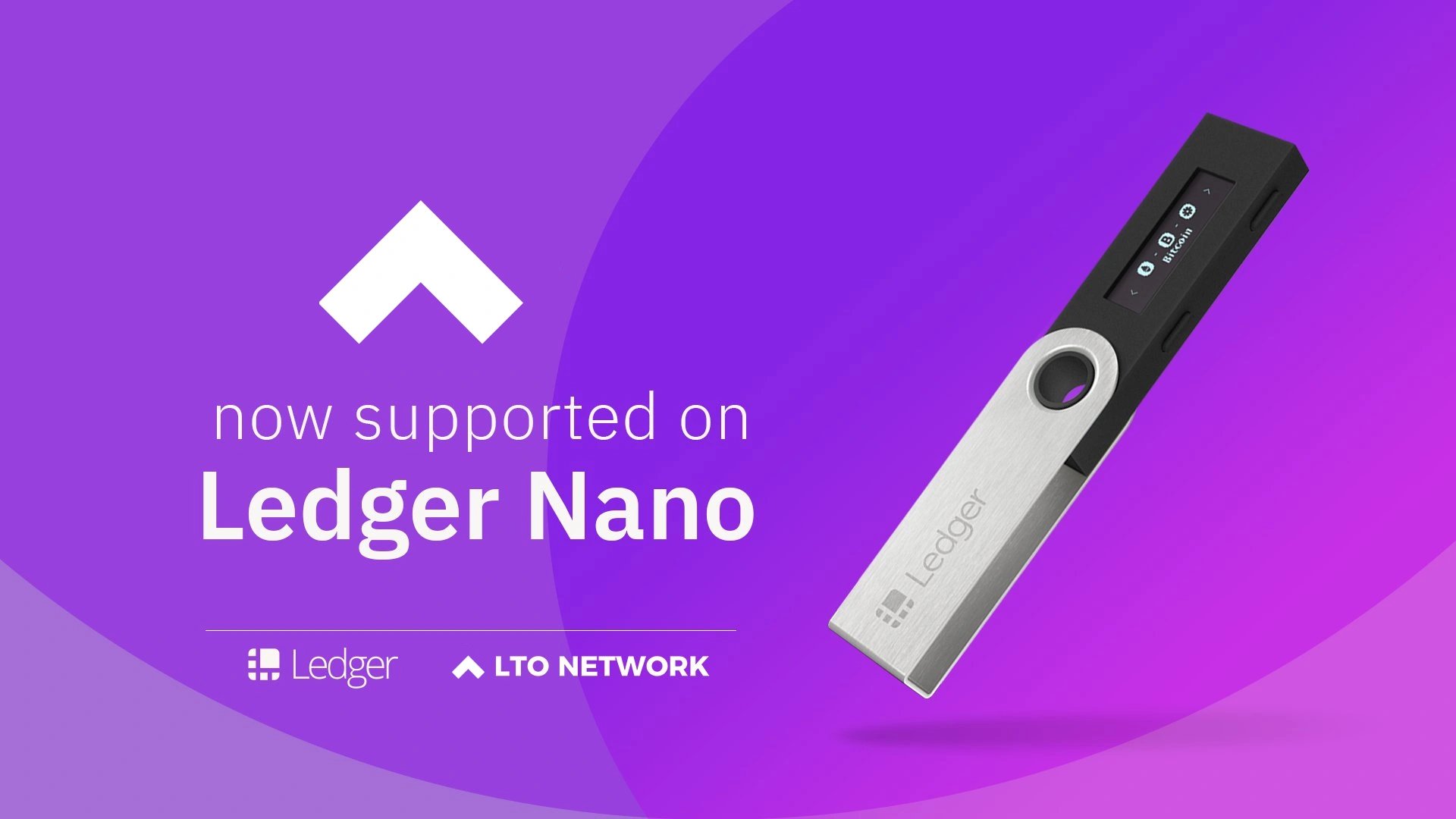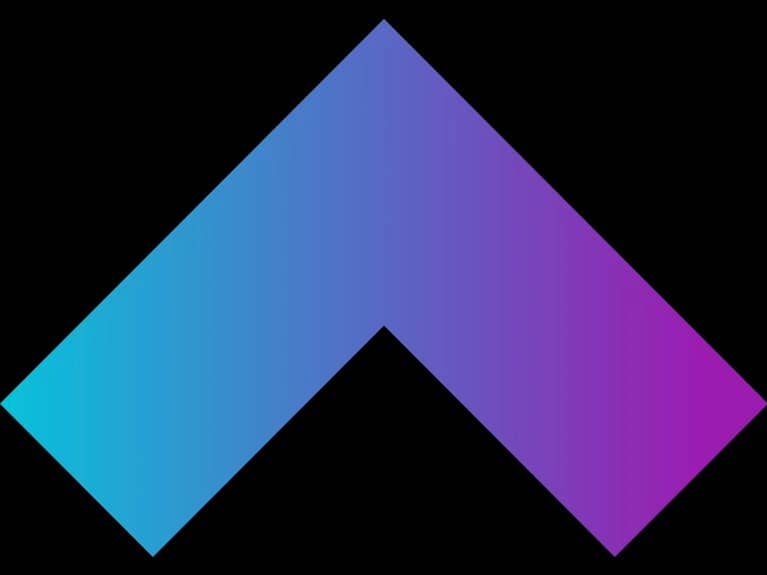Subscribe to wiki
Share wiki
Bookmark
LTO Network
LTO Network
LTO Network
LTO Network is a privacy-aware leased proof of stake (LPoS) Layer-1 blockchain for Real World Assets, Data Security, and Identity Solutions. The platform is designed for secure and efficient business processes, while combining a public layer for transparency and a private layer for data security. This ensures the usage on the chain is GDPR and MiCA compliant. The dual-layer approach makes it ideal for enterprises requiring data privacy and regulatory adherence.
LTO Network offers tokenization of RWAs through their Ownables technology, enabling assets to be brought on-chain and allowing them to interact with the world of DeFi and Web3. LTO Network's KYC services help maintain compliance with anti-money laundering laws and offer Proof-of-Humanity services to protect Web3 and DeFi platforms from bots.
Its native cryptocurrency is LTO, which is used in the blockchain’s PoS consensus mechanism. The coin is also used to pay for any transactions on LTO Network’s mainnet and is given as a reward to those helping to secure the blockchain by running a node.[29]
== Overview ==
Currency name: LTO Network
Ticker symbol: LTO
Mainnet Launch: 12 January 2019
Status: Active
Programming languages: Scala, TypeScript, Rust
Source model: Open source
License: Apache 2.0[8]
Block Explorer: https://explorer.lto.network/ [9]
Block time: 60 seconds
Circulating Supply: 431,519,931 LTO (as of 7 September 2024)[10]
Total Supply: 431,519,931 LTO (as of 7 September 2024)[11]
Hard-coded Max Supply: 500,000,000[12]
Official papers:
Original Whitepaper (Completed): https://ltonetwork.com/documents/LTO%20Network%20-%20Technical%20Paper.pdf [13][14]
Digital Identities Techpaper (Completed): https://www.ltonetwork.com/documents/LTO%20Network%20-%20Identities%20Tech.pdf [15]
Digital Identities Litepaper (Completed): https://www.ltonetwork.com/documents/LTO%20Network%20-%20Identities%20Paper.pdf [16]
Ownables Litepaper: https://ltonetwork.com/documents/LTO%20Network%20-%20TITANIUM.pdf [17]
== History ==
LTO Network's origin lies back in 2014 with a Dutch company called Firm24. Firm24 established a regular legal tech company in the Netherlands named LegalThings focused on company incorporation.[18] In the following years, the LegalThings team noticed a growing demand for workflow automation. Centralized software was created for Euronext, Heineken, Deloitte and more.[19] However, the information silo effect was a problem. To solve the data silo issue, LegalThings started focusing on creating decentralized blockchain solutions.
In May 2018, Legalthings One was created as a token project on the WAVES platform.[20][21]
Legalthings One was rebranded into LTO Network in September 2018. During this transition, it was also decided that for LTO Network to grow it would have to move away from the WAVES platform. LTO Network created a fork of WAVES. On 12 January 2019, LTO Network's mainnet was launched and its first block was created.
After completing the official LTO Network whitepaper, work started on a self-sovereign identity / decentralized identities (DID) structure. The LTO Network DID structure is aimed to help pave the way for decentralized finance, as well as other decentralized type projects like decentralized liquidity provider platforms and Non-fungible token|NFT marketplaces, in a more regulated cryptospace.[22][23][24][25]
The planned Decentralized Identities structure was completed and released in October 2021 with the LTO COBALT Mainnet update.[26]
As of 2022, LTO Network's focus is on developing the core tech for truly decentralized digital assets. Deemed Ownables, LTO Network's litepaper explains that these digital assets are designed to go one step further than an Non-fungible token (NFT), putting the location where the digital assets are stored fully in control of the owner due to the fact that the assets live on the private layer of LTO Network. The structure would allow dynamic, consumable and unlockable content, while the digital asset packages can hold multiple versions of the digital asset to make it compatible with different metaverse projects. Development is ongoing.[17]
In July 2022, LTO Network joined the Metaverse Standards Forum.[27] The Metaverse Standards Forum is an initiative by companies like Microsoft, Nvidia and the Alibaba Group to foster the development of open standards for the metaverse.[28]
== Blockchain Infrastructure ==
LTO Network is a Leased Proof of Stake blockchain. The blockchain exists out of a private layer, which allows processes to create ad-hoc miniature blockchains that can be used to share privacy sensitive information between the parties involved in the process and a public layer, which is used to record and secure transactions from the private layer.[29]
Due to this hybrid structure, LTO Network is GDPR and MiCa compliant, allowing users of the network to adopt blockchain based solutions without the fear of crossing potential privacy laws.[31]
LTO Network's private layer incorporates ricardian contracts in the form of live contracts, which make use of a Finite State Machine implementation.[30]
== Ownables ==
Ownables are digital assets that live in your wallet. To understand the power of Ownables, we first need to look at how NFTs and blockchain wallets work.
A blockchain wallet doesn’t hold NFTs. It only holds key pairs which are used for cryptographic signatures. Each key pair is associated with a blockchain address. For an NFT, an on-chain record is kept connecting a unique number with the owner’s address. Transferring or interacting with the NFT requires the owner to sign with its private key.
Ownables flip this concept around. Everything concerning the Ownable is stored in your wallet. Not only images or media but also the smart contract and event chain. We have also made it possible to embed whole applications, opening up a world of endless possibilities.
Ownables live on LTO Network’s private layer.[17]
== Real World Assets ==
LTO Network’s Ownables structure lies at the heart of their real world asset approach. Due to the unique hybrid blockchain structure and active involvement in real world companies, LTO Network aims to bring true ownership into the digital world with legal backing.[32]
== LTO Token ==
LTO is LTO Network’s native token. The token is used to perform transactions on LTO Network’s mainnet and plays a role in the blockchain’s PoS consensus mechanism.

LTO tokens paid for the transactions on LTO Network’s blockchain are partly burned (50%) and partly awarded (50%) to the node as rewards. Since the launch of LTO’s JUICY Mainnet (May 2022) update, additional rewards are minted per block and awarded to the node owner that processes the block. These minted rewards are decreasing slightly with every block, eventually dwindling to zero toward 2030. Due to the decreasing minted rewards and the increasing number of operations on the blockchain, LTO Network is expected to turn deflationary in the near future due to the increased number of tokens being burned.[33][34]
The total LTO token supply, 431,519,931 LTO (as of 7 September 2024), is spread across 3 variants: LTO Mainnet, ERC20 and BSC. The LTO Bridge allows users to freely move from one variant to another. Both the ERC20 and BSC LTO token variants are expected to disappear in the future when support for the mainnet variant is widely supported.[35]
== Wallets ==
LTO Network’s web wallet allows users full control over their LTO tokens. Users can transfer their tokens, anchor documents, and lease their tokens to a community node to participate in the blockchain’s security work in exchange for rewards.[36]

The Ledger hardware wallet is supported as a login method for LTO’s web wallet or can be used to store LTO’s ERC20 token variant through the dedicated ledger app.
A LTO Network mobile wallet is currently under development. The mobile wallet can hold user’s LTO mainnet tokens, ownables and (in the future) verifiable credentials.[37]
== Staking ==
The ability of a node in LTO Network’s LPoS system to open blocks on the blockchain is determined by staking. The amount of LTO present in a node is its stake. A stake can be seen as a pledge to help secure LTO Network’s mainnet. The stake also determines the influence within the consensus voting mechanism, hence it can be seen as an ownership interest as well. Leased/stakes/pledged LTO cannot be used or spent by the holder.
Users can stake their LTO mainnet tokens by running their own node, or by leasing their LTO tokens to a community node that pays out rewards. Leasing your LTO Network mainnet tokens is easy and completely safe as users are always in control of their tokens. When starting a lease, it takes approximately 16.6 hours before the lease is actively counted in the node’s staked token balance and influences the chance to open a block. The unlock time (the period from the moment you stop your lease until you can freely move your LTO tokens again) is 50 hours.
== Applications ==
Historical popular usage of LTO Network focused on decentralized workflows, certificate/documentation security through anchoring, decentralized identities & verifiable credentials, document & workflow automation.[38][39][40]
With the new Ownables digital asset structure, this initial focus expands to include things like metaverse asset bridging, digital asset collections and real world assets.[41]
The following projects are known to have been built on top of the LTO Network blockchain:
* The Dutch Royal Institute of Standardization (NEN): Certificate anchoring on the blockchain.[39]
* United Nations: Opensource GoLand Registry Project.[42][43]
* SignRequest: Digital Signature anchoring.[44]
* Sphereon: MyCompanyWallet.[45]
* Les Ambassadeurs Casino (UK): Create improved customer experience, enhanced safety and compliance through the use of Decentralized Identities and Verifiable Credentials.[46]
* Dutch Ministry of Justice & IBM Watson: Streamlining small criminal cases administration.[47]
* Scantrust: Blockchain QR codes for real world assets.[48][49][50]
* Proofi: KYC for DeFi.[51]
* Triall (discontinued): Securing Clinical Trials to the blockchain.[52]
* New applications and functionalities are expected to emerge over time as LTO Network continues to develop and evolve.
See something wrong?
